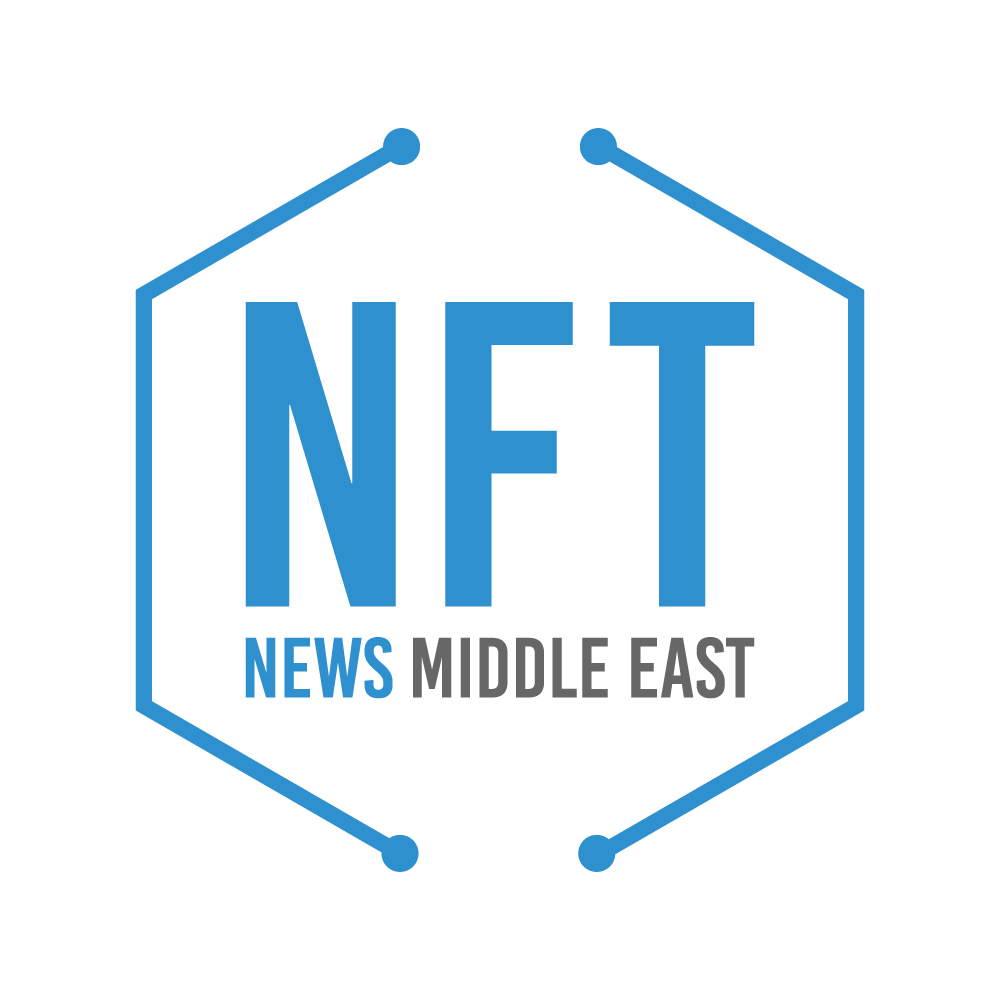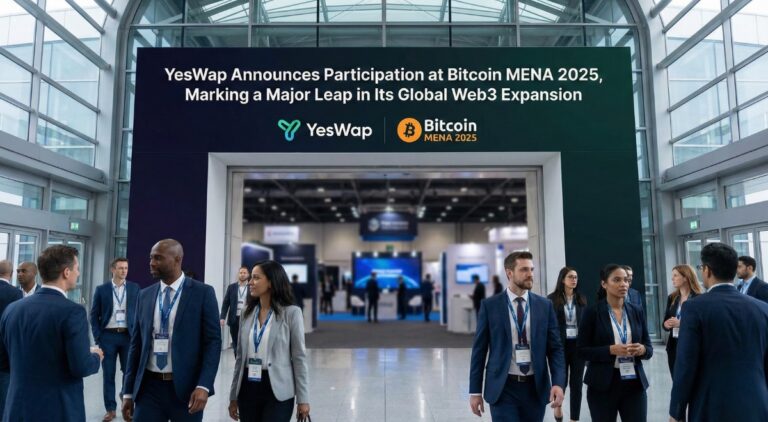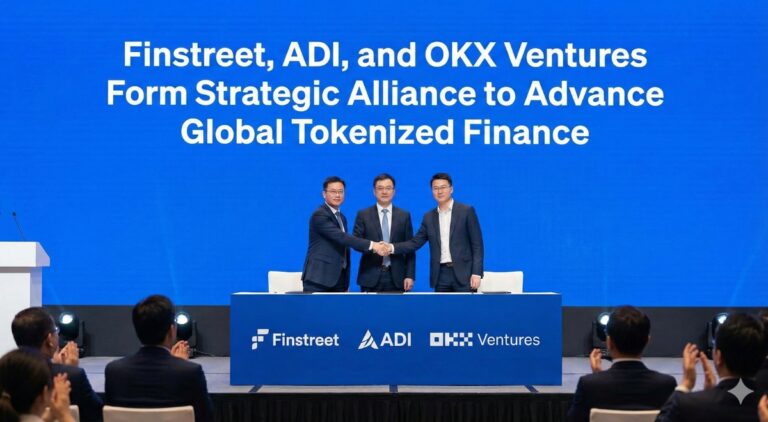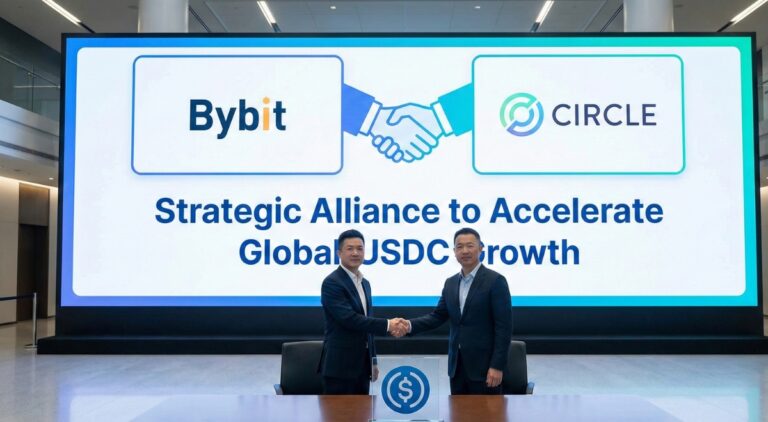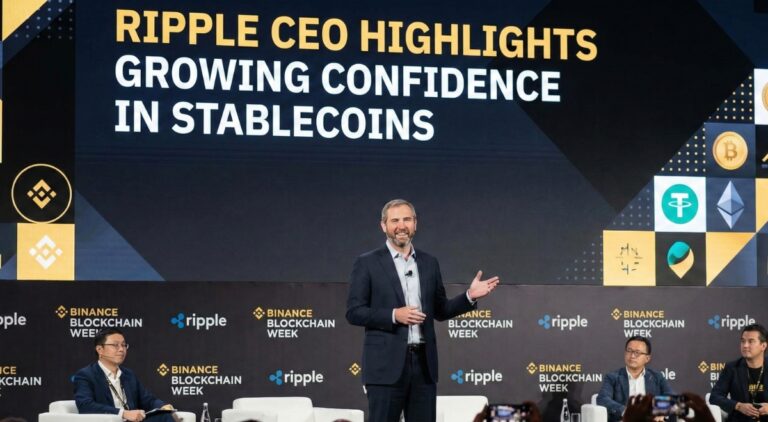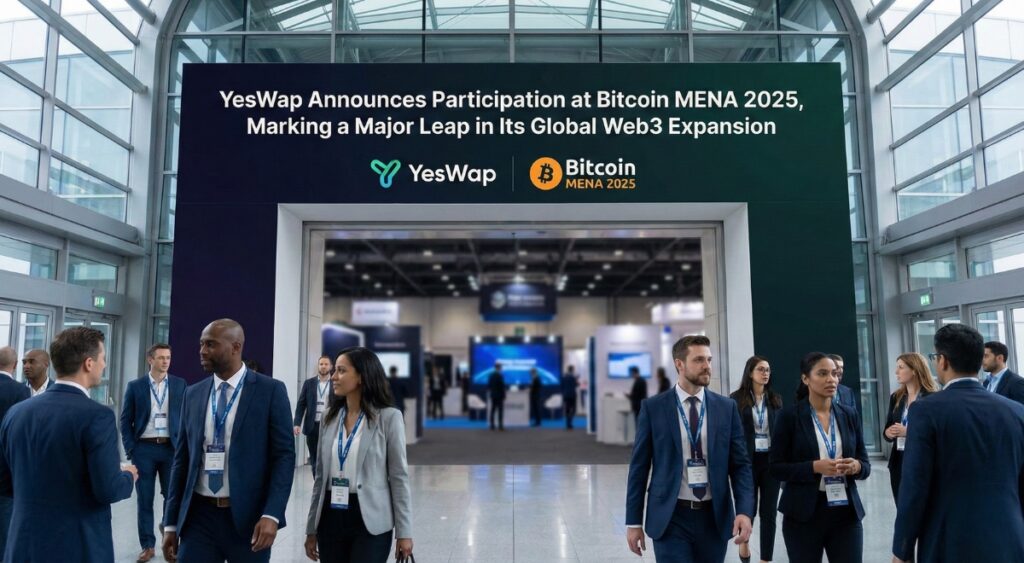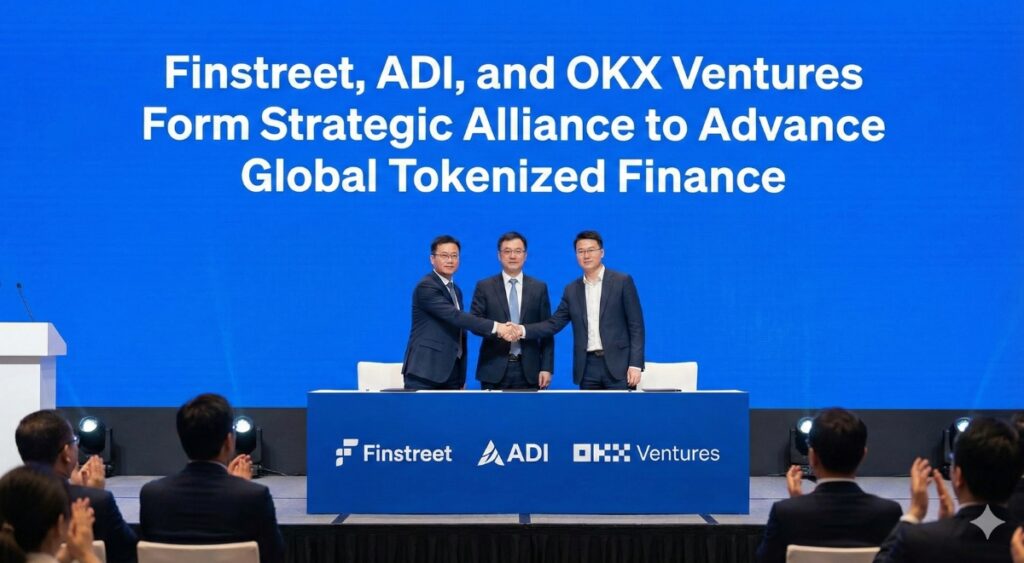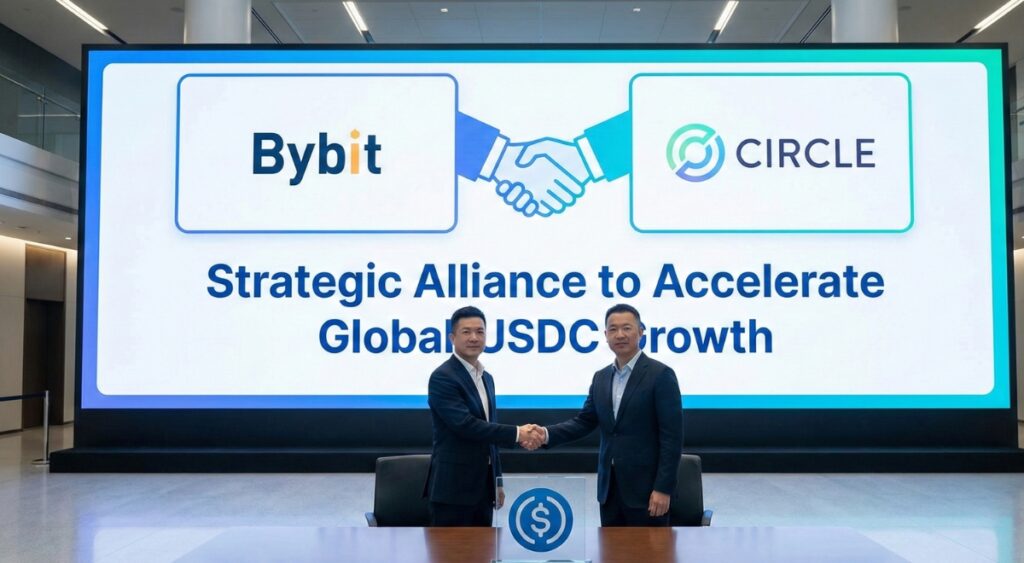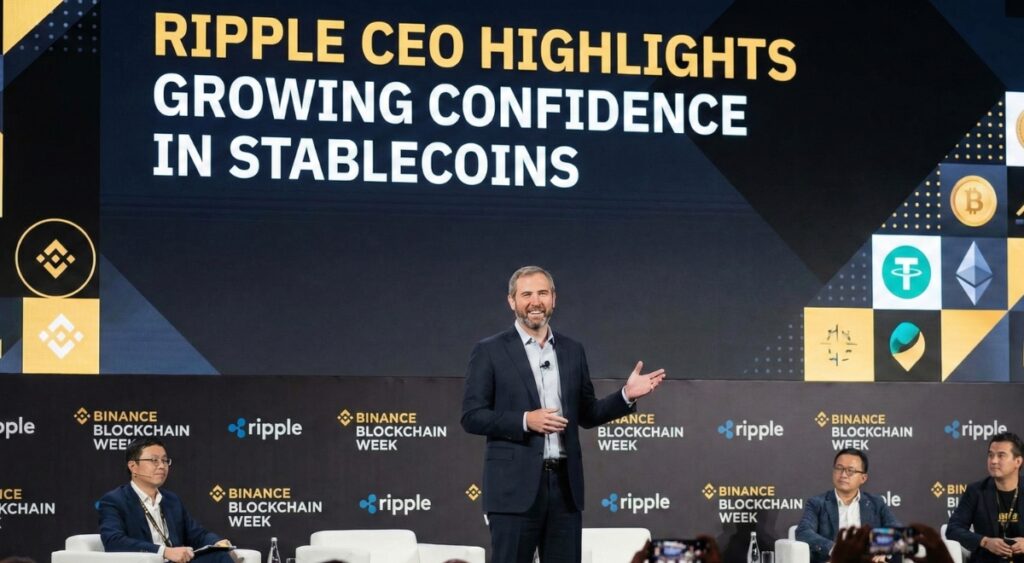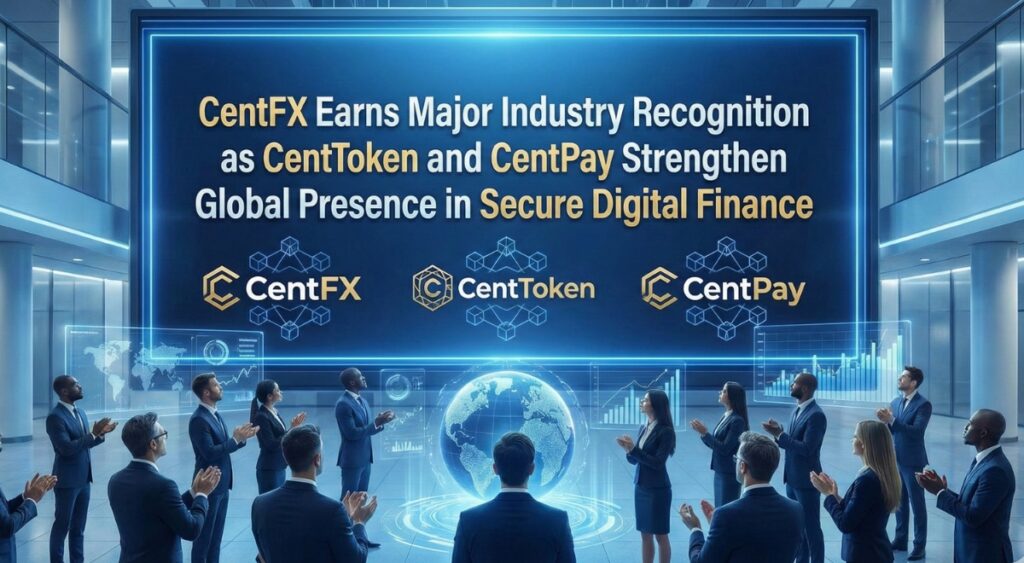The launch of Hypurr NFTs has sent shockwaves through the digital asset world. In a surprise move, Hyperliquid recently airdropped 4,600 Hypurr NFTs, sparking a frenzy that pushed the floor price above $100,000 and drove peak sales to a staggering $467,000. The dramatic surge highlights both the promise and volatility of the NFT market, raising questions about whether hype-driven momentum can translate into long-term value.
The Power—and Risk—of Community Hype
One of the defining factors behind the rise of Hypurr NFTs has been the project’s highly engaged community. Platforms like Discord and Twitter became rallying points, where excitement spread quickly and amplified demand. In the NFT world, such grassroots enthusiasm often fuels rapid price appreciation, creating both urgency and loyalty among collectors.
However, this dynamic can be a double-edged sword. When prices are inflated primarily by social buzz, projects risk steep corrections if interest fades. Investors are left exposed to sudden downturns, a pattern seen before in the NFT sector. Analysts argue that while communities remain essential, projects like Hypurr must balance hype with genuine utility if they hope to sustain their growth.
DeFi Integration: Expanding NFT Utility
Beyond speculation, the integration of decentralized finance (DeFi) is giving NFTs new utility. Traditionally viewed as static digital collectibles, NFTs are increasingly being deployed in financial ecosystems. Platforms such as Aave and NFTfi now allow holders to use NFTs as collateral for loans, access liquidity, or even participate in fractionalized ownership models.
This shift transforms NFTs into more dynamic financial instruments. For Hypurr holders, participation in DeFi ecosystems could mean new ways to extract value beyond simple resale. Whether through lending, staking, or pooling, DeFi could anchor Hypurr NFTs as a more versatile asset class, mitigating some of the volatility that pure speculation brings.
Volatility: The NFT Market’s Defining Challenge
The NFT market has always been known for its roller-coaster dynamics. Explosive gains are often followed by sharp downturns, leaving investors scrambling to adjust. The rapid rise of Hypurr NFTs fits squarely into this pattern, prompting questions about how long prices can remain elevated.
Past cycles in the NFT space—most notably the broader market downturns that followed speculative booms—serve as cautionary tales. For Hypurr to avoid becoming another case study in unsustainable hype, it must evolve with practical use cases and consistent community engagement. Without those anchors, even the most successful launches risk losing steam.
Toward Stability: Alternative Financial Models
To address instability, new financial frameworks are emerging within the NFT market. These include loan platforms, staking mechanisms, and fractional ownership, which allow multiple investors to share in the value of a single NFT. Such models make participation more accessible and spread risk across broader groups of investors.
Meanwhile, NFTs are also beginning to intersect with traditional finance. Products like NFT-backed securities and collateralized loans are being explored as a way to stabilize value and attract institutional players. If Hypurr NFTs can align with these models, they may offer investors greater confidence and longer-term sustainability.
The Road Ahead for Hypurr NFTs
The future of Hypurr NFTs hinges on several factors. First is the project’s ability to deliver ongoing utility, whether through DeFi integration, partnerships, or real-world applications. Second is the strength of its community engagement, which must evolve beyond hype-driven enthusiasm into sustained loyalty.
External pressures—such as regulatory developments, competition from other NFT projects, and broader economic trends—will also shape their trajectory. With global regulators increasingly scrutinizing the crypto and NFT sectors, compliance and adaptability will be critical for long-term success.
Still, the momentum generated by the Hypurr airdrop demonstrates that NFTs remain a powerful cultural and financial force. As the market matures, investors are likely to focus more on projects that blend strong communities with functional, financial, and technological utility.
Conclusion
The Hypurr NFT airdrop has reignited debate about the future of digital ownership. While the spectacular price surge reflects the excitement surrounding NFTs, the real test lies in whether projects like Hypurr can evolve into stable, utility-driven assets.
For now, the market remains unpredictable—shaped by community dynamics, emerging DeFi applications, and experimental financial models. If Hypurr NFTs can balance speculation with substance, they may well serve as a blueprint for how digital assets are valued in the next phase of the crypto economy.
